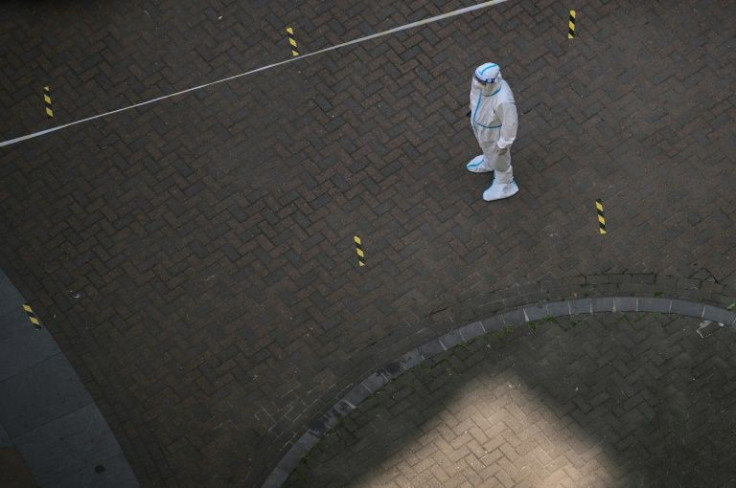HMPV Outbreak In China Sparks COVID-19 Déjà Vu: All About Symptoms, Treatments And Prevention

Multiple posts emerged on social media depicting China's hospitals crowded with patients and crematoriums overwhelmed reportedly due to infections caused by human metapneumovirus (HMPV), drawing comparisons to the early days of the COVID-19 pandemic.
The alleged HMPV outbreak, which comes five years after COVID-19 originated in China, has allegedly affected several parts of the country with people also suggesting the presence of influenza A, Mycoplasma pneumonia, and even COVID-19.
⚠️ BREAKING:
— SARS‑CoV‑2 (COVID-19) (@COVID19_disease) January 1, 2025
China 🇨🇳 Declares State of Emergency as Epidemic Overwhelms Hospitals and Crematoriums.
Multiple viruses, including Influenza A, HMPV, Mycoplasma pneumoniae, and COVID-19, are spreading rapidly across China. pic.twitter.com/GRV3XYgrYX
Hospitals in China Overwhelmed as Severe "Flu" Outbreak, Including Influenza A and HMPV, Resembling 2020 COVID Surge. pic.twitter.com/GWw9u6JxsX
— Boar News (@PhamDuyHien9) December 29, 2024
Days ago, Chinese public health officials said they were setting up a disease watch for pneumonia of unknown origin, likely to cause a prolonged outbreak of respiratory diseases throughout the winter, with the sole objective of enhancing China's preparedness against any future outbreaks as massive as COVID-19, Reuters had reported.
Health official Kan Biao said China is preparing for a possible spike in viruses such as rhinovirus and HMPV through the winter. Notably, more children under the age of 14 are being exposed to HMPV, especially in northern areas.
Posts circulating on X appear to show patients, some of them coughing, wearing masks as they wait for their turn at the doctor's chamber.
However, there are no credible reports to confirm anything as of now.
The second X post shared above, which garnered over 12 million views, showed mostly elderly Chinese individuals waiting in a hospital corridor. "Hospitals in China are overwhelmed as outbreaks of "influenza A" and "human metapneumovirus" resemble the COVID-19 surge from three years ago," the post reads.
Here's what we know about the HMPV virus:
Aerosols, droplets, and intimate contact with sick people can all spread the extremely contagious respiratory infection known as HMPV. After around three to five days of incubation, symptoms start to show, according to China Centers for Disease Control and Prevention.
Notably, HMPV weakens immune defenses, allowing for recurrent infections. Although HMPV can be found all year round, outbreaks may result from it, and its detection rate is highest in the winter and spring.
Immunocompromised people, the elderly, and children are the main groups that are impacted by HMPV. From minor cold symptoms to serious bronchitis, pneumonia, and even death, HMPV infections can cause a wide range of symptoms.
HMPV had a positive rate of 4.1% among acute respiratory infections in China from 2009-2019, according to Chinese Center for Disease Control and Prevention.
Treatment:
Currently, there is no vaccination or effective treatment for HMPV; instead, treatment focuses on relieving symptoms. It ranks 8th among eight viruses that cause acute respiratory infections, as per China's CDC.
According to Inkl.com, over-the-counter medication such as acetaminophen or ibuprofen can help. So can decongestants to relieve nasal congestion. Those with chronic obstructive pulmonary disease, asthma, and pulmonary fibrosis may get severe symptoms and might need medication to control wheezing and coughing.
How to prevent it?
Just maintain a regular lifestyle. Wear a mask when going to crowded places. Frequent hand washing, ventilation, and scientific disinfection can effectively reduce the chance of HMPV infection.
Meanwhile, Chinese people have reportedly been cautioned to wear masks and wash hands frequently after the HMPV outbreak.
© Copyright IBTimes 2024. All rights reserved.



















